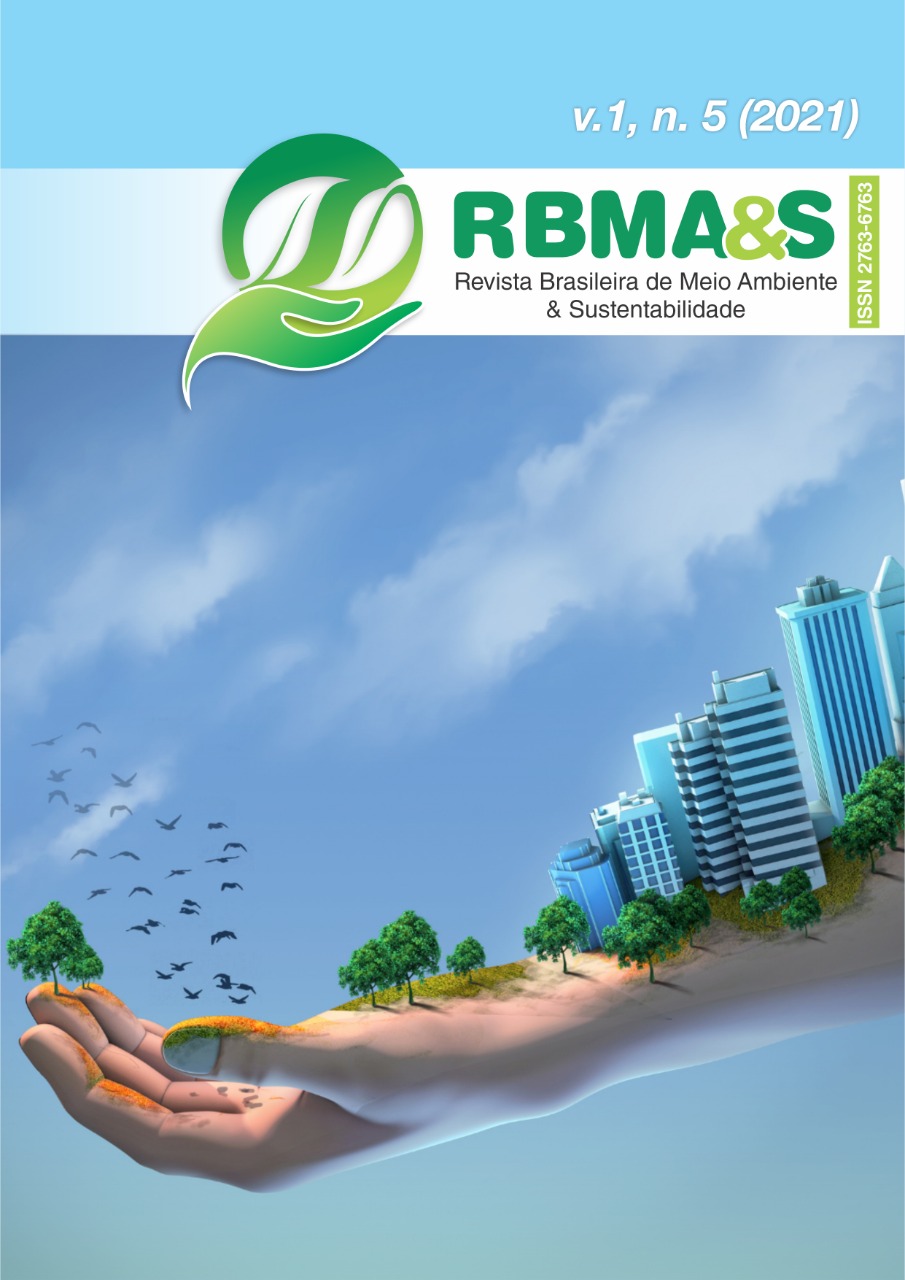REUSE OF SOLID WASTE AS AGGREGATE IN CIVIL CONSTRUCTION
Main Article Content
Abstract
This article aims to understand, through a literature review, the different ways of using different types of waste, such as aggregates in civil construction, as well as the reuse of construction and demolition waste. From research in works, articles and magazines, several ways of applying recycled waste as aggregates in civil construction were identified. The reuse or recycling of waste brings numerous benefits, both environmental, economic and social. It is noteworthy that in most cases, the waste generated by Civil Construction is treated as waste and in its entirety sent to landfills. The large volume of waste generated contributes to the saturation of landfills, causing environmental impacts, thus incurring a high disposal cost and requiring the development of technologies for their reuse. An economically viable way to reduce the amount of waste disposed of in industrial landfills, from civil construction or mining industries, is the replacement of aggregate material in the production of concrete and mortar.
Downloads
Article Details

This work is licensed under a Creative Commons Attribution 4.0 International License.

